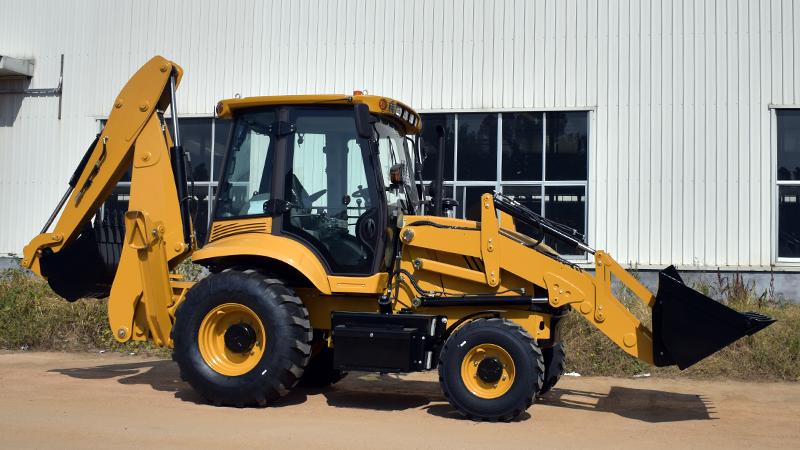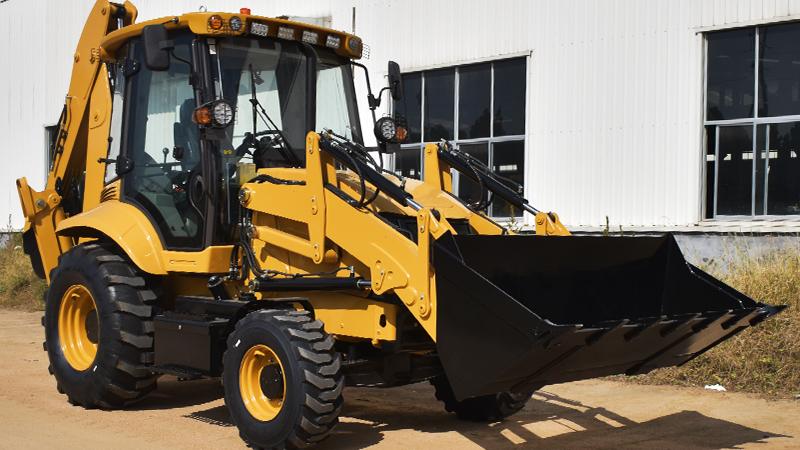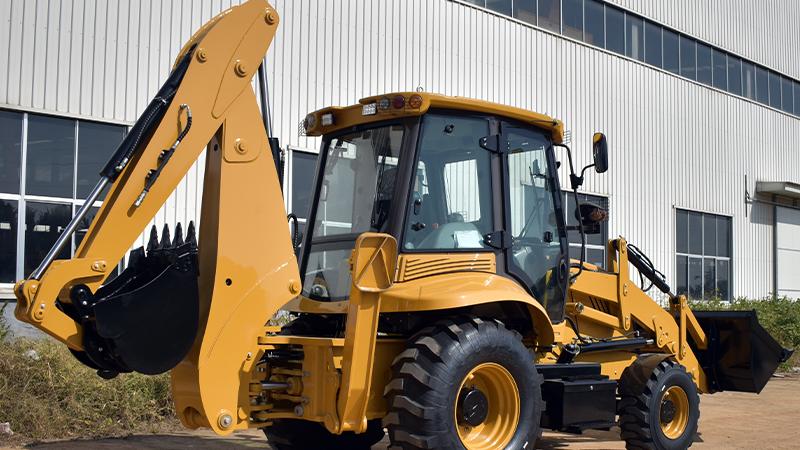The backhoe loader, often referred to as a "backhoe" or simply "loader," stands as one of the most recognizable and versatile pieces of equipment on any construction site, seamlessly combining the capabilities of a tractor, a loader, and an excavator into a single, highly mobile machine. A question that frequently arises for contractors, project managers, and those new to the industry is: "How deep can a backhoe loader actually dig?" The answer, while seemingly straightforward, is nuanced and depends on a confluence of factors, with the primary one being the specific model and size of the machine in question. Generally speaking, for what is considered a standard or average backhoe loader, the maximum digging depth typically falls within a range of 14 to 18 feet (approximately 4.2 to 5.5 meters). This range comfortably accommodates a vast majority of common tasks, such as digging trenches for utility lines (water, gas, fiber optics), footings for residential foundations, and drainage ditches. However, it is crucial to understand that this figure represents the maximum theoretical depth achievable under ideal conditions when the machine is positioned perfectly, and the boom and dipperstick are extended to their absolute limits in a precise digging geometry. In the real world of dirt, rock, and slopes, the practical, efficient digging depth is often slightly less, as operators must account for stability, the nature of the material being excavated, and the need to create a safe working platform for the machine itself.
Delving deeper into the technical specifications reveals the engineering principles that govern a backhoe loader's digging capabilities. The maximum digging depth is a factory-set specification determined by the physical dimensions of the backhoe arm—specifically the length of the boom (the main arm attached to the tractor) and the dipperstick (or "stick," the smaller, inner arm that holds the bucket). The hydraulic power of the machine, measured in terms of hydraulic pressure and flow, provides the force needed to curl the bucket and break through the soil, but it is the geometry of the arm that ultimately defines the reach and depth. Manufacturers provide detailed specification sheets for each model that list not only the maximum digging depth but also other critical dimensions such as maximum reach from the swing pivot, loading height, and dump height. It is also important to distinguish between "digging depth" and "trenching depth." While the maximum digging depth might be 16 feet, efficiently digging a vertical-walled trench to that full depth is often not feasible or safe, as the backhoe's own position and the need to place the excavated material away from the trench edge become significant constraints. For deep trenches, a skilled operator will often use a technique called "bench digging," where they excavate in stages or steps, creating a stepped profile to maintain stability and allow the machine to safely reach greater depths than a single vertical cut would permit from ground level. Furthermore, the choice of bucket plays a role; a wider bucket is excellent for moving large volumes of loose material but may hinder the ability to achieve maximum depth in a narrow trench compared to a narrower, trenching bucket.
The practical application of a backhoe loader's digging depth is where theory meets the unpredictable reality of the job site. While a machine may be rated for 16 feet, attempting to dig to that depth in solid rock, dense clay, or unstable, water-saturated soil is a different matter altogether. The ground conditions are perhaps the single greatest variable affecting achievable depth. Hard, compacted materials can prevent the bucket from penetrating to its full potential depth while also placing immense strain on the machine's hydraulics and structure. In such conditions, the effective digging depth may be significantly reduced unless auxiliary equipment like a hydraulic hammer or a ripper tooth is used to break up the material first. The stability of the backhoe loader itself is paramount. To achieve maximum depth, the machine must be on a firm, level surface. Operating on a slope or soft ground drastically reduces safe digging depth due to the risk of the machine tipping or sliding into the excavation. The outriggers (or stabilizers) are essential for creating a stable platform, and their proper deployment is non-negotiable for deep digging. The skill of the operator cannot be overstated; an experienced operator understands the machine's capabilities and limitations, knows how to position it for optimal depth and leverage, and can "feel" the ground conditions through the controls, adjusting their technique to maximize efficiency and safety while avoiding damage to the equipment or the site.
In conclusion, the question of how deep a backhoe loader can dig does not have a single, universal answer. The standard range of 14 to 18 feet provides a reliable benchmark for most common models and applications, making the backhoe loader an incredibly capable and efficient machine for a wide spectrum of excavation tasks. Its true value lies in its versatility; it is not just a digging tool but a multi-purpose workhorse that can load trucks, lift materials, and perform a host of other duties, all while being highly mobile between tasks and sites. However, recognizing the limits of its digging depth is critical for project planning and safety. For excavations requiring depths consistently beyond the 18-foot mark, a larger, dedicated excavator is often the more appropriate and efficient choice. Understanding the interplay between the machine's specifications, the job site conditions, and operator skill is the key to unlocking the full, safe potential of the backhoe loader. It is this blend of defined capability and adaptable application that has secured the backhoe loader's enduring place as an indispensable asset in construction, utility work, and landscaping across the globe.
Post time:Sep.29.2025



